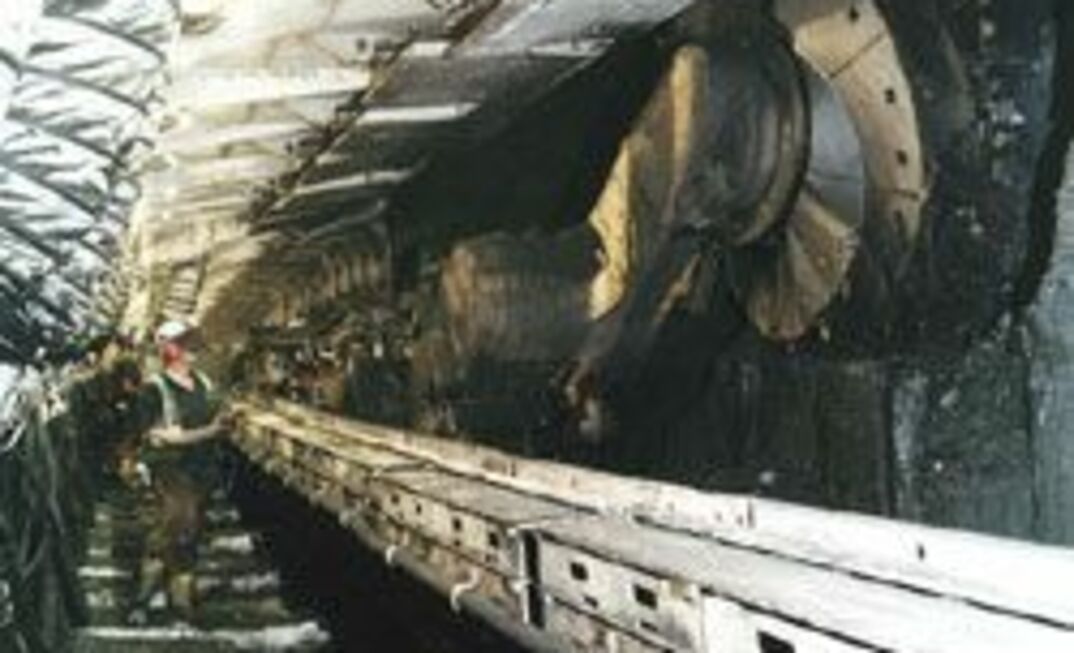The company has indicated it plans to focus on increasing production from surface mining, which has declined due to a drop in planning consent approvals. Opencut production has dropped to under 2 million tonnes a year, less than half the total produced five years ago. As productive sites had fallen from 12 to four, almost a thousand jobs had been lost, reported UK Coal newsletter NewScene.
UK Coal has access to around 100Mt of shallow reserves mainly in the Midlands, Yorkshire and the North East, but planning authorities continue to reject mining applications to develop the deposits.
Deep mine production from the company's mines in the first three months was 2.1Mt compared with 2Mt in 2004. Surface mine output was 300,000t.
Improved performance was offset by a shortfall at Harworth colliery after mining was halted for periods due to high methane levels. Mining at Rossington was constrained by geological problems.
The company said it had made a promising start to improving performance, including changing workforce attitudes. At the company’s annual general meeting on April 26, company shareholders approved a reduced dividend payment so that GBP6 million could be retained for investment in the business.
“Particularly gratifying has been the results of joint labour-management teams set up at Harworth, Welbeck and Kellingley,” said chief executive officer Gerry Spindler.
“These initiatives have resulted in workforce formulation and endorsement of changes in staffing and work practices which should improve available machine time at Harworth and Welbeck by 15%-20% and reduce face gaps at Kellingley by around 50%,” he said.
Kellingley is well advanced with plans to become a 2Mtpa operation, with 1.9Mt planned for this year, rising to 2.1Mt next year and to 2.34Mt by 2009. Daw Mill is aiming to produce 2.7Mt from a single face between mid-May and the end of the year. During the first three months of the year Daw Mill produced over 560,000t.
A new face – 31s - is to start with output planned at a rate of over 100,000t a week, backed up by many improvements to the equipment including a 54in belt rated at 2000t an hour. The cutting sequence is changing to bi-directional.
A lump breaker fitted to the shearer and better stage loader design will allow the face to be cut in a single pass, reducing cycle time from 108 minutes to just over 70.
Daw Mill has also become the first operation to use a Hydramatic hydraulic heavyweight face bolter for salvage operations, replacing hand-held equipment. The new gear, capable of giving workers a 4.5m reach, is capable of installing two bolts every three minutes. The speed of bolting operations has been improved by 25%-30%.
























